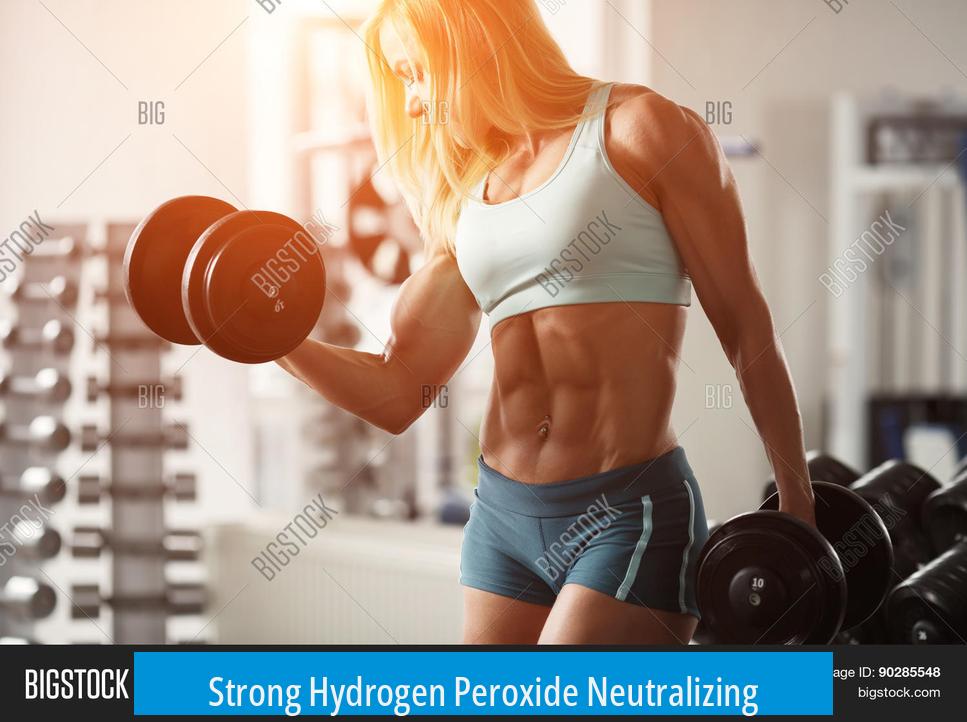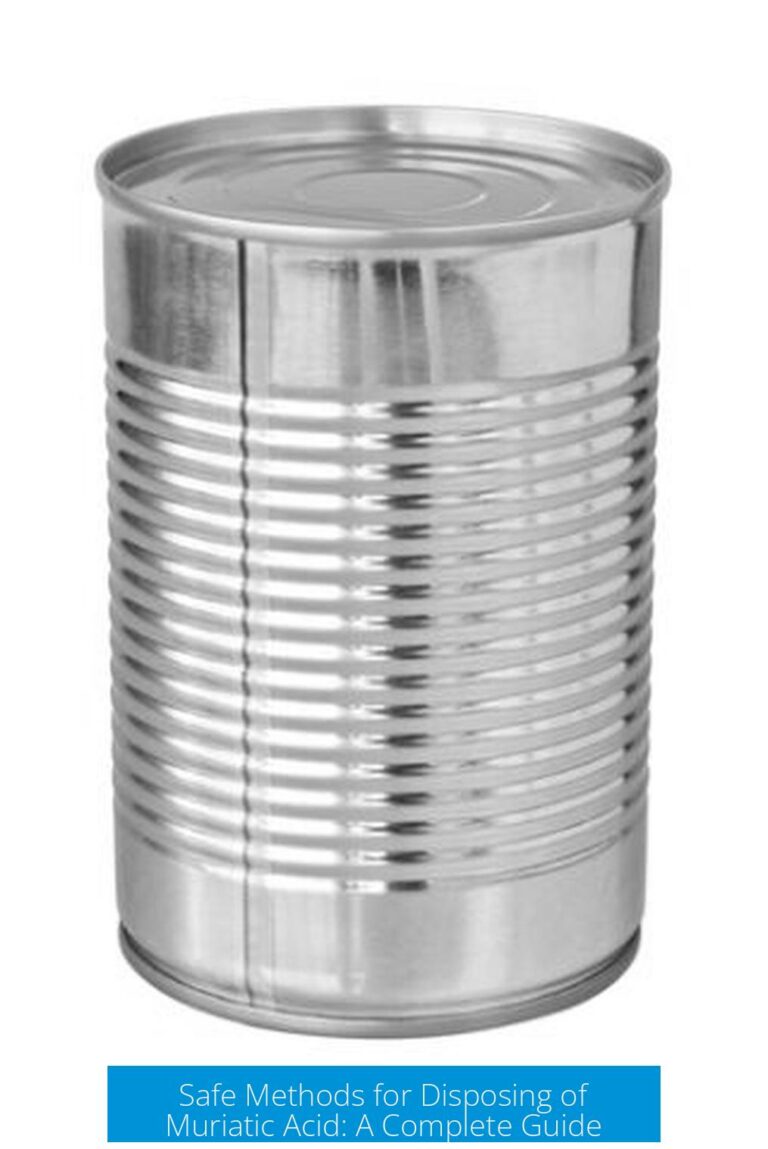Strong Hydrogen Peroxide Neutralizing

Strong hydrogen peroxide is not effectively neutralized by sodium bicarbonate; instead, dilution with water is the preferred and practical method. The chemistry behind this involves the nature of hydrogen peroxide as an oxidizer and how it behaves in different pH environments.
Why Sodium Bicarbonate Does Not Neutralize Hydrogen Peroxide
Hydrogen peroxide (H2O2) is an oxidizing agent, which means it acts by transferring oxygen atoms rather than reacting via acid-base neutralization. Sodium bicarbonate (NaHCO3) can act as a weak acid or base, but it does not chemically neutralize hydrogen peroxide in the traditional sense.
The saturated solution of sodium bicarbonate typically has a pH around 9, making it mildly alkaline. An alkaline medium actually promotes the degradation of hydrogen peroxide rather than neutralizing it directly. This degradation breaks down hydrogen peroxide into water and oxygen gas but does not immediately “ neutralize” its reactive oxidizing capacity. Therefore, while sodium bicarbonate can accelerate decomposition, it is not a reliable neutralizing agent.
Role of pH and Stability of Hydrogen Peroxide
Hydrogen peroxide is more stable in weakly acidic solutions, which typically have a pH less than 7. Commercially available hydrogen peroxide often contains stabilizers like phosphoric acid to maintain this acidic environment and reduce premature degradation.
In contrast, alkaline conditions—those with pH above 7—encourage hydrogen peroxide to decompose faster, but this process is gradual and depends on various factors such as concentration and temperature.
Appropriate Handling and Cleanup Methods
- The best practical approach to handling strong hydrogen peroxide spills or residues is to dilute the substance thoroughly with plenty of water.
- Dilution reduces the concentration of hydrogen peroxide, lowering its reactivity and enabling safer cleanup without complex chemical neutralization.
- The use of sodium bicarbonate may cause confusion, sometimes mistaken for sodium carbonate (Na2CO3), which is a stronger base and could have a different effect on H2O2 degradation.
Summary of Key Points
- Sodium bicarbonate does not neutralize hydrogen peroxide chemically.
- Hydrogen peroxide is stable in acidic conditions and degrades in alkaline environments.
- Dilution with water is the most effective method to mitigate strong hydrogen peroxide.
- Confusion may arise between sodium bicarbonate and sodium carbonate; they differ in alkalinity and impact on H2O2.
What is the best way to neutralize a strong hydrogen peroxide spill?
Water dilution is the simplest and most effective method for cleaning up hydrogen peroxide spills. It reduces concentration quickly without complex reactions.
Can sodium bicarbonate effectively neutralize hydrogen peroxide?
It is unclear if sodium bicarbonate truly neutralizes hydrogen peroxide. As an oxidizer, hydrogen peroxide does not react simply with bicarbonate.
Does pH affect the stability or degradation of hydrogen peroxide?
Hydrogen peroxide remains stable in weakly acidic solutions but degrades in alkaline environments. pH plays a minor role overall.
How does sodium bicarbonate impact hydrogen peroxide based on pH?
Sodium bicarbonate forms a weakly alkaline solution (pH ~9). This alkalinity can promote hydrogen peroxide degradation rather than straightforward neutralization.
Is there confusion between sodium bicarbonate and sodium carbonate in neutralizing hydrogen peroxide?
Yes, sodium carbonate is more alkaline than bicarbonate. Sometimes people confuse the two, which affects the perceived neutralization effect on hydrogen peroxide.





Leave a Comment